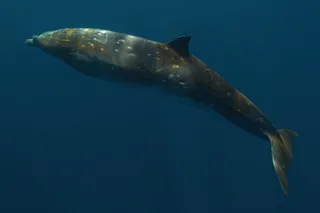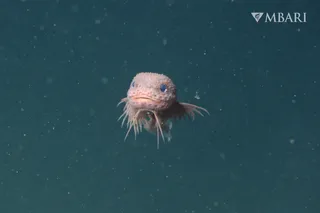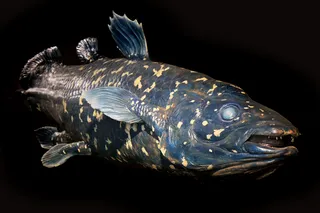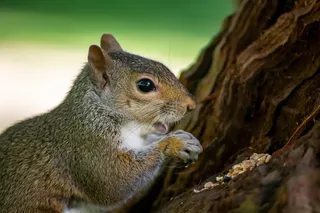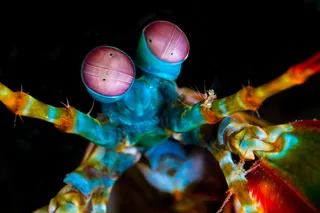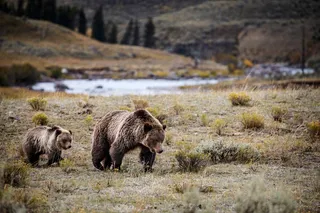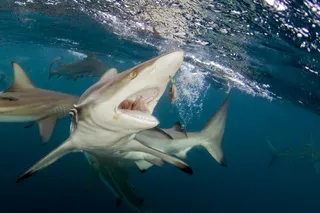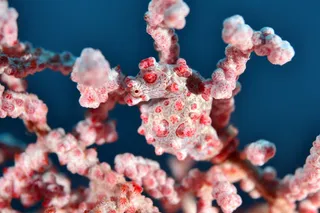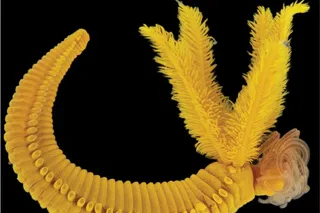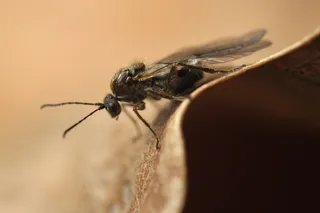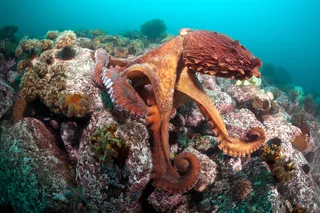It’s difficult to pinpoint how old the concept of a spirit animal is — at least in those words — but the notion is nearly ubiquitous in some corners of the internet and social media. While most of the time the term is simply used to express your favorite kind of animal or childhood idol, the associated images online often stereotype Indigenous people or appropriate and misconceive real religious beliefs.
“What I hate about those memes, and what a lot of other people hate about them, is that they almost always go along with stereotypes about Indians,” says Pinny Lavalier, a Sicangu Lakota volunteer at Native Languages of the Americas, an organization dedicated to preserving Indigenous languages. She describes Facebook quizzes accompanied with images of bears wearing a feathered headdress, or “an Indian woman in her underwear hugging a wolf.” She says that “dehumanizing” image “makes us seem like animals ...




